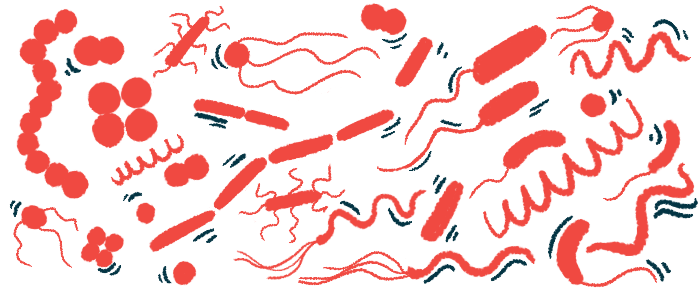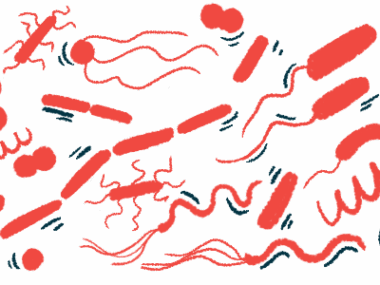Nasal microbiome tied to sinonasal inflammation in children with CF
Results support use of nasal lavage to assess upper airways microbiome
Written by |

The nasal microbiome — the community of microorganisms that live in the nose — obtained through nasal lavage correlates with inflammation in the nose and sinuses of children with cystic fibrosis (CF), a study indicates. The effect wasn’t observed when samples were obtained by a nasal swab, however.
Nasal lavage is the fluid that results from rinsing both nostrils with a saline solution. The presence of Moraxella bacteria in these samples was associated with increased inflammation.
“Our results … support [nasal lavage] as a promising tool for simultaneous assessment of the [upper airways] microbiome and inflammation in children with CF,” the researchers wrote in “Nasal lavage microbiome, but not nasal swab microbiome, correlates with sinonasal inflammation in children with cystic fibrosis,” which was published in the Journal of Cystic Fibrosis.
Bacteria and other microbes can enter the paranasal sinuses, the four paired air-filled spaces that surround the nasal cavity, through breathing and cause inflammation. The sinuses usually produce mucus that removes microbes, but in people with CF, mutations in the CFTR gene result in the CFTR protein being missing or dysfunctional, causing thick and sticky mucus to accumulate and providing a fertile breeding ground for microbes.
Chronic rhinosinusitis, which is common with CF, occurs when the nose and paranasal sinuses are inflamed, causing pain and a blocked or runny nose.
The disease mechanisms of CF-associated chronic rhinosinusitis are “not well understood and it remains unclear how the microbiome in the upper airways (UAW) influences paranasal sinus inflammation,” wrote researchers in Germany, who analyzed how the nasal microbiome relates to upper airway inflammation by comparing microbiome composition and diversity in nasal swabs and lavage samples from 36 children (21 boys, 15 girls) with CF.
Classifying the microbiome
The children’s mean age was 12.9 (range, 7-19) and most had one or two copies of the F508del mutation, the most common cause of CF. Fifteen of them were taking CFTR modulators, therapies designed to make the CFTR protein more functional — most commonly Orkambi (lumacaftor/ivacaftor).
All had a confirmed diagnosis of CF-related chronic rhinosinusitis and 19 had symptoms when they enrolled. Three participants had functional endoscopic sinus surgery to unblock the sinus openings less than a year before the study, and seven patients had the procedure more than six years previously.
A method called 16S rRNA sequencing identified what types of bacteria were in each sample.
Results showed a significantly more diverse and even microbiome in nasal lavage samples, with less dominance of a single bacteria type than in nasal swabs. The researchers found that the nasal microbiota was largely specific to each participant, with little difference in diversity between nasal lavage and swabs.
When classifying microbiome composition according to the relative abundance and dominance of bacteria, three different profiles were distinguished — an even representation of several bacteria types, a high abundance of Moraxella, and a dominance by Staphylococcus.
Patients with Moraxella dominance in both nasal swabs and lavage showed significantly higher levels of inflammation — markers such as interleukin (IL)-1 beta, IL-6, IL-8, and TNF-alpha — than those with Staphylococcus dominance.
Further, the diversity of the nasal lavage microbiome correlated significantly with sinonasal inflammation, as assessed by IL1-beta levels. Also, there was a trend for correlation in other inflammation markers. Particularly, the presence of Moraxella was associated with inflammation in nasal lavage samples, but not nasal swabs.
“Our results show that the NL [nasal lavage] microbiome reflects sinonasal inflammation better than [nasal swabs] and support NL as a promising tool for simultaneous assessment of the UAW microbiome and inflammation in children with CF,” the scientists wrote.
The small sample size, the possible recruitment of more treatment-compliant patients, and the fact that the method used to identify bacteria didn’t allow further differentiation of bacterial species, were noted as study limitations. “Therefore, the use of [other methods for microbiome] analysis in future studies will be important to assess the species and investigate the effect of the potential respiratory pathogens [disease-causing agents] as well as the impact of Staphylococcus,” they wrote.







